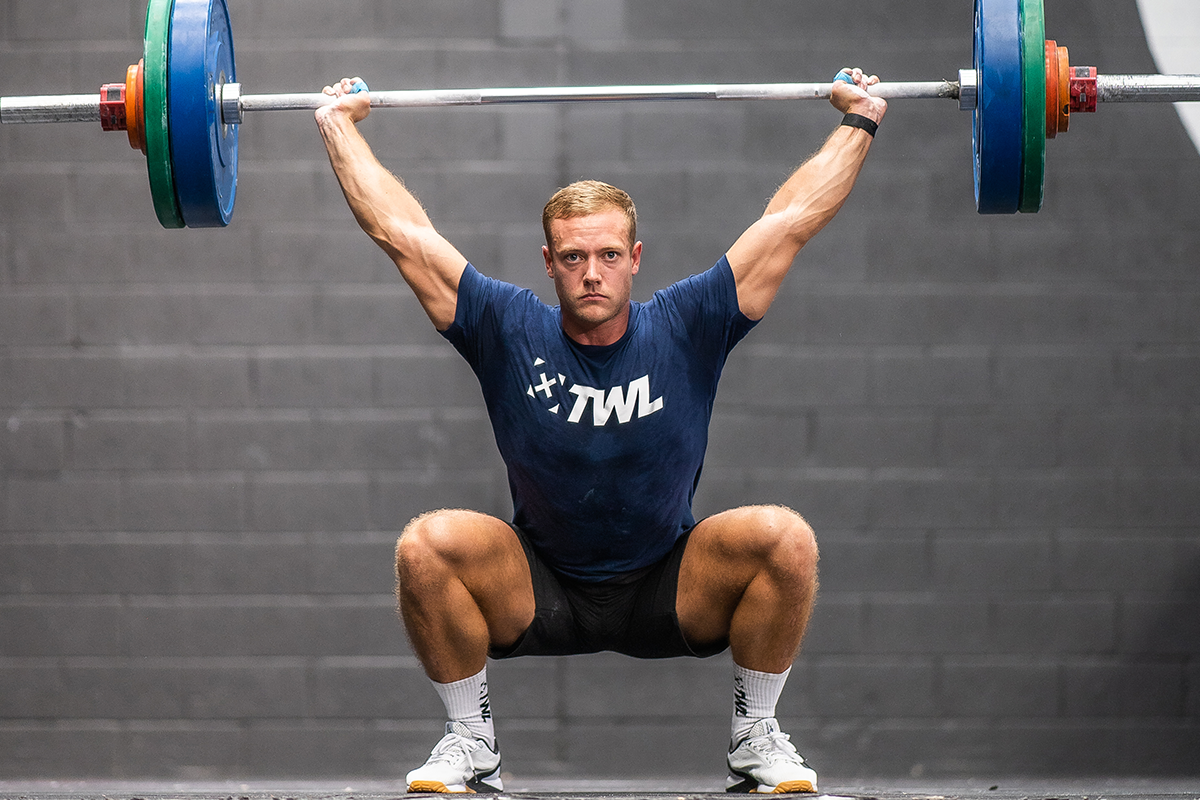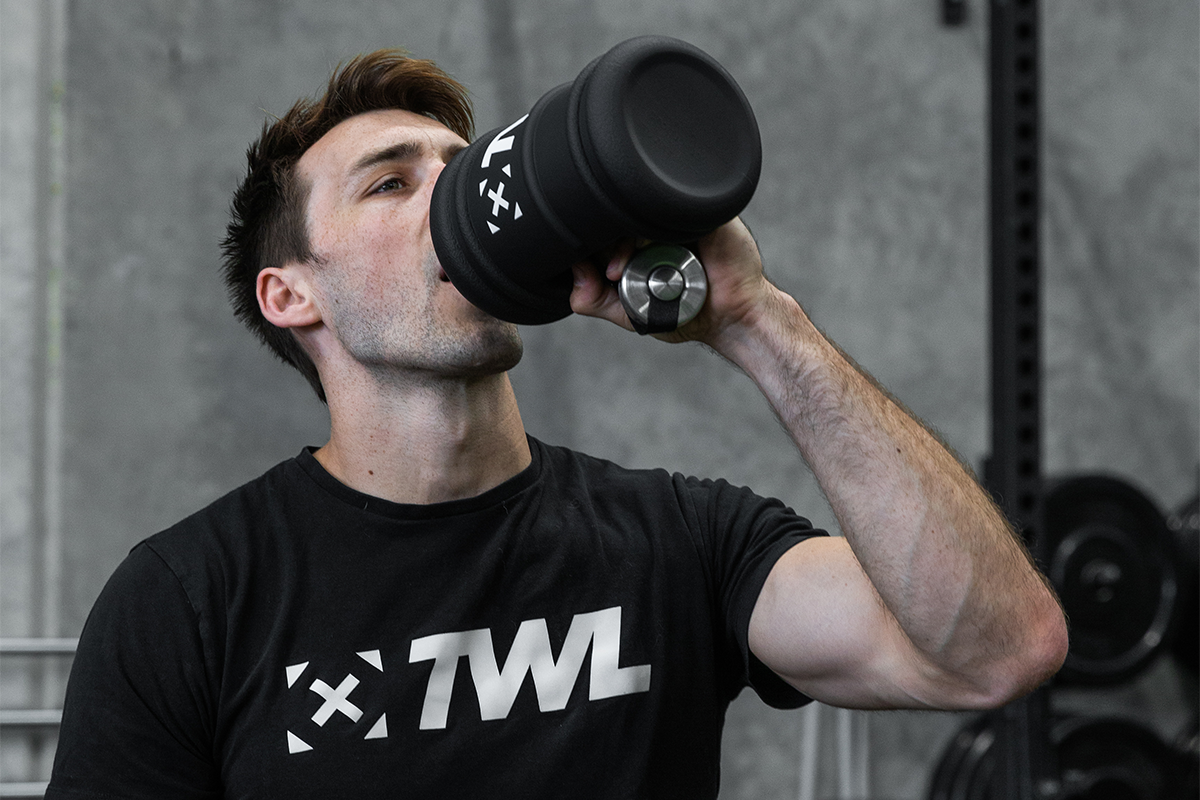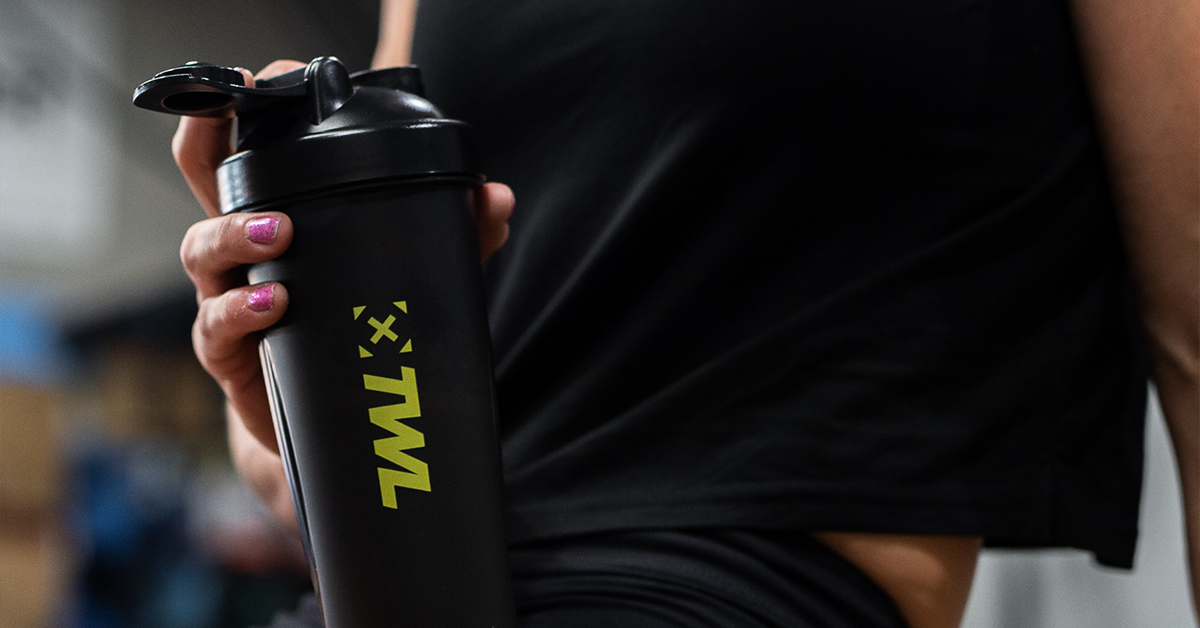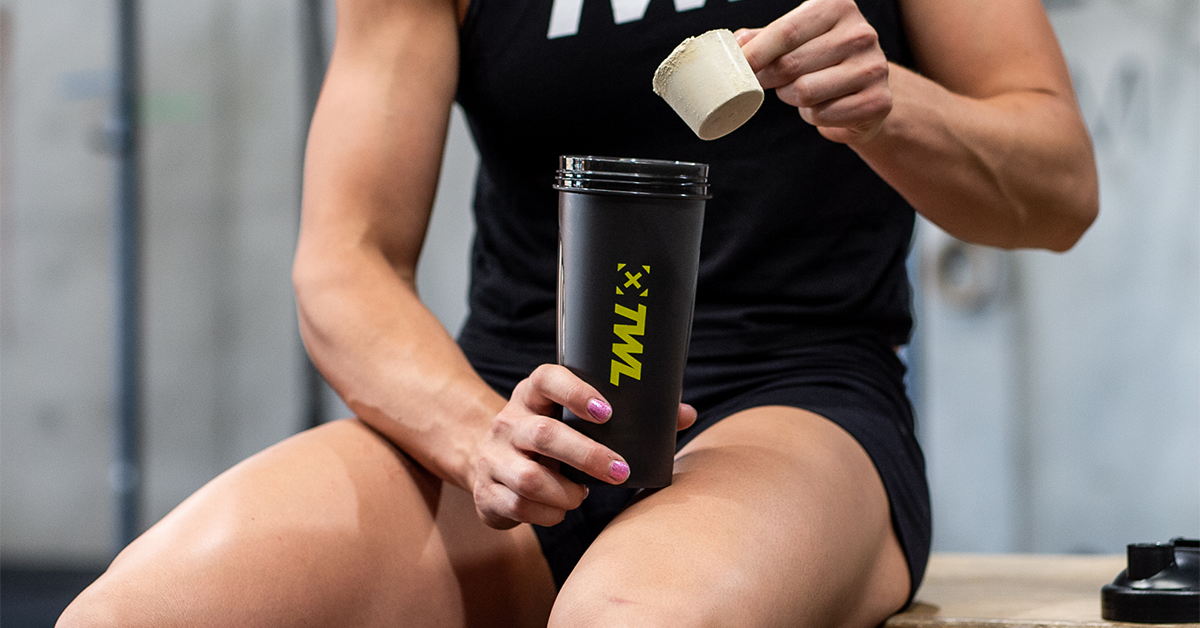You’ve likely heard that abs are made in the kitchen. And even the most challenging WODs don’t mean much without the proper nutrition to go with them. Sometimes, changing your body composition might mean eating in a calorie deficit. What is a calorie deficit, exactly? How can you use it, and what do you need to be careful of?
Let’s dive in!
What is a Calorie Deficit?
A calorie is a unit of energy, and it refers to the energy we get from what we consume. Some of these calories, you’re going to burn off. This is called your calorie expenditure. A calorie deficit is when you burn more than you consume. You can achieve it by eating less, moving more, or a combination of both.
Exercise isn’t the only thing that burns calories. There are three main functions at play:
- Your resting energy expenditure (REE): This is how many calories your body uses at rest simply to keep you alive. Your REE is the calories you use to do things like breathe and pump blood.
- Processing food: Your body burns calories digesting and metabolizing food. This is called the thermic effect.
- Activity: This refers to the calories you burn through any sort of movement.
Very often, but not always, doing a calorie deficit leads to weight loss. More on this in a moment!

How Do You Know What Your Calorie Deficit Is?
Let’s say you want to use a calorie deficit to shed some body fat. As a very general rule of thumb, if you want to lose one to two pounds a week — which is generally considered a safe goal — you need to cut somewhere between 500 and 1,000 calories a day from your diet.
However, you’ll want to do a little more homework than this. First, you need at least a rough idea of:
- How many calories you eat in a day, on average. There are several food logging apps for this, like MyFitnessPal.
- How many total calories you’re burning a day. There are countless online calculators that can help you do this, but bear in mind none of them are going to be 100% accurate. (And that’s okay!)
Once you know how much you’re eating and burning, you’re going to have a better idea of a realistic calorie deficit. For example, let’s say that you’re eating about 2,300 calories a day and burning about 2,000 calories a day. Reducing your calorie consumption by at least 300 calories will already put you at a deficit. If you’re eating about 3,000 calories a day, however, you have a lot more wiggle room.

An Important Note About Extreme Calorie Deficits
Understandably, an athlete might think, “Okay, so if I want to lose more weight faster, I’ll just do a bigger deficit!” The logic makes sense, but this isn’t how the human body works. This is why crash diets are also not safe or effective. Extreme calorie restriction can backfire and actually lead to weight gain because it slows down your metabolism. Your body goes into starvation mode and hangs onto every last calorie you eat. Plus, you’re likelier to lose a lot of muscle along with fat, and we definitely want to avoid that.
It can be dangerous for your health in other ways, too. Doing too big of a calorie deficit can lead to malnutrition, a weakened immune system, dehydration, and heart problems.
How Long Should a Calorie Deficit Last?
You can’t eat in a calorie deficit forever. So, how long should it last? We’re going to give you another very general rule of thumb. The consensus is that you shouldn’t be in a deficit for any longer than 12 weeks. And if you do more than one deficit, you need at least two weeks of “maintenance” in-between.
However, this is a very simplified answer. Some people will need shorter deficits than others. The duration of your calorie deficit will depend on a number of factors, including:
- How many pounds of fat you want to lose total and per week.
- How quickly you want to achieve this goal.
- Your current weight and body fat percentage.
Again, there are calculators online that can help you with this! Don’t be afraid to take those breaks for maintenance. Yes, it means it’ll take a little longer to hit your goals. However, your fat loss will be more sustainable in the long run. Also, remember that weight loss isn’t linear. You might lose more weight some weeks than others.
What’s the Best Way to Do a Calorie Deficit?
As we mentioned earlier, you can achieve a calorie deficit by both eating less and moving more. More commonly, athletes opt to reduce their calorie consumption because it’s easier to control. Even with increasing your movement, remember that you can’t out-exercise a bad diet. This is a nutrition myth.

When it comes to reducing your calorie consumption, you want to do it in a way that’s sustainable. This means you still need to be satisfied with the food on your plate. Here are a few suggestions:
- Cut down on drinking your calories. These add up fast.
- Cut back on the portions you eat. Even one less spoonful of each food can add up to hundreds of calories.
- Watch out for condiments and other extras, like the butter/oil you cook with and your coffee creamer. These are sneaky!
Finally, we want you to consider this: Determine your why. Why do you want to do a calorie deficit? If you’re looking for a quick way to lose a lot of weight, this isn’t it. If you want to look and feel healthier in the long run, you might be on the right track! And above all else, remember that the weight on the scale doesn’t define you. Food is here to fuel us, but it’s also here for us to enjoy.
If you want to do a calorie deficit, then learning more about macronutrients can really help. Read more about what it means to count your macros.

















